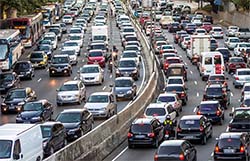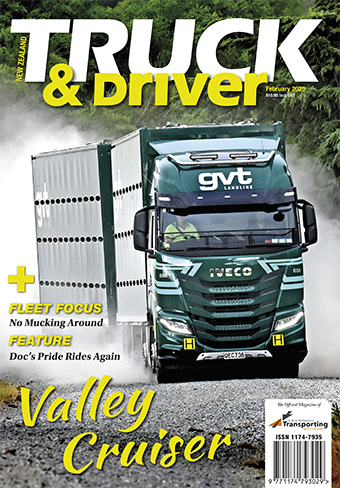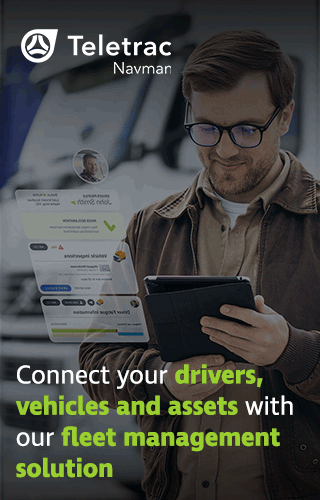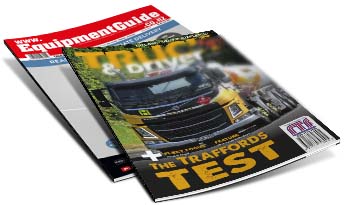
Auckland Moves Closer to Implementing ‘Time of Use’ Pricing Schemes
Posted: 18-Jul-2024 |
Auckland's relentless congestion concerns are driving the city towards a significant shift: the adoption of time of use pricing schemes. This initiative, akin to congestion pricing, has long been a subject of debate at both central and local government levels as a remedy for the supercity's traffic woes.
Time of use charging entails levying fees on vehicles navigating the busiest routes during peak hours. Opting to steer clear of these charges, some commuters seek alternative routes or travel times, consequently alleviating traffic congestion on the city's bustling roads. Revenues generated from persistent road users could fund infrastructural developments like new roadways or enhanced cycling paths.
Despite the growing popularity of public transport, walking, and cycling, private vehicle journeys still dominate Auckland's commuting landscape, representing nearly 75% of travel. With the city's populace on the rise, the kilometres clocked by private cars are anticipated to surge, posing a daunting scenario for a city grappling with existing congestion issues.
Current projections indicate a potential spike of close to 40% in car congestion and 50% in freight network congestion by 2048 if no decisive actions are taken. The economic toll of Auckland's traffic gridlock is staggering, estimated at approximately $1 billion annually, impacting businesses, individuals, environmental quality, and overall well-being.
Research underscores that even a marginal decrease in vehicular volumes can significantly alleviate congestion, with estimates suggesting a congestion reduction of 8-12% akin to holiday season traffic levels. Back in 2021, a select committee proposed delving deeper into different pricing strategies and their technical requisites, pinpointing two schemes for further scrutiny.
City Center Scheme: Focused on Auckland Central, with predefined borders incurring charges. Strategic Corridors Scheme: Envisaging fees on 220km of state highways and primary arterial roads in the broader region.
In the Pipeline
While Auckland Council greenlit schematics for implementation as early as 2025, realistic timelines point towards a 2026 rollout. The government's transportation blueprint underscores the pivotal role of congestion charging in bolstering transport infrastructure. However, specifics on implementation zones for time of use pricing remain undecided.
Plan outlines suggest leveraging new tolling infrastructure and shared technologies with Waka Kotahi to streamline setup operations and bolster efficiency in toll collections. Auckland Transport eyes employing camera technology for number plate recognition on strategic routes starting 2026, contingent on swift legislation passage by the central government.




 + EQUIPMENT GUIDE - FREE
+ EQUIPMENT GUIDE - FREE
